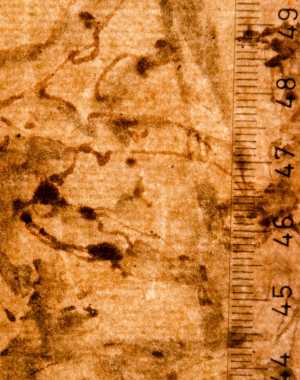Specifications
| Title | The Stoning of Saint Stephen |
|---|---|
| Material and technique | Pen and brown ink, brown and grey wash |
| Object type |
Drawing
> Two-dimensional object
> Art object
|
| Location | This object is in storage |
| Dimensions |
Height 258 mm Width 420 mm |
|---|---|
| Artists |
Circle of:
Cigoli (Ludovico Cardi)
Previously attributed: Anoniem |
| Accession number | I 31 (PK) |
| Credits | Loan Stichting Museum Boijmans Van Beuningen (former Koenigs collection), 1940 |
| Department | Drawings & Prints |
| Acquisition date | 1940 |
| Creation date | in circa 1597 |
| Watermark | (small watermark, something in a circle?) (25 x 60?, centre of sheet, between P4-5 of 9P, vV) |
| Collector | Collector / Franz Koenigs |
| Provenance | Franz W. Koenigs (1881-1941, L.1023a), Haarlem, acquired in 1927 (North Italian, 16th century); D.G. van Beuningen (1877-1955), Rotterdam, acquired with the Koenigs Collection in 1940 and donated to Stichting Museum Boijmans Van Beuningen |
| Research |
Show research Italian Drawings 1400-1600 |
| Literature | Van den Akker 2003, p. 6 and 9, fig. 10. |
| Material | |
| Object | |
| Technique |
Brown wash
> Washing
> Wash
> Drawing technique
> Technique
> Material and technique
Grey wash
> Washing
> Wash
> Drawing technique
> Technique
> Material and technique
|
| Geographical origin | Italy > Southern Europe > Europe |
Do you have corrections or additional information about this work? Please, send us a message
























